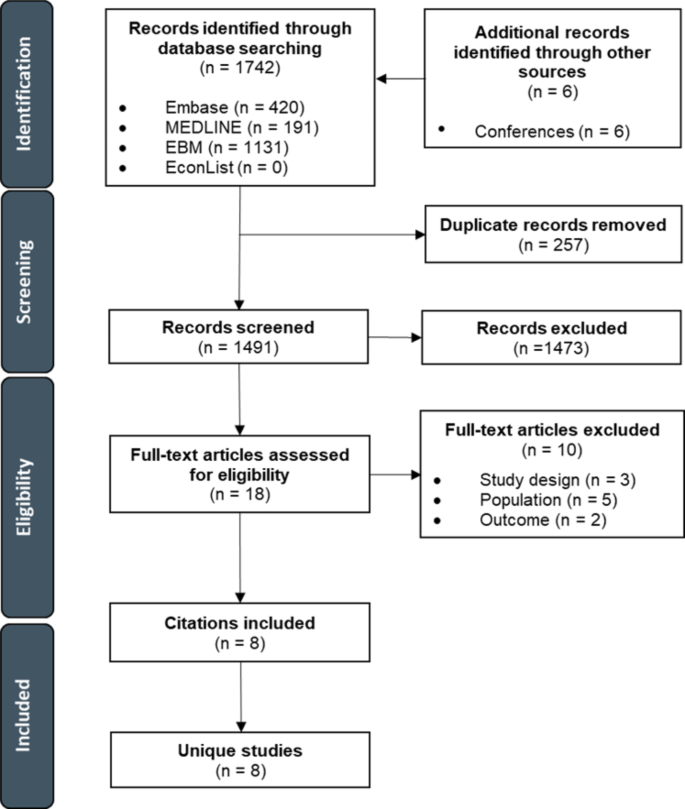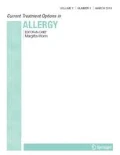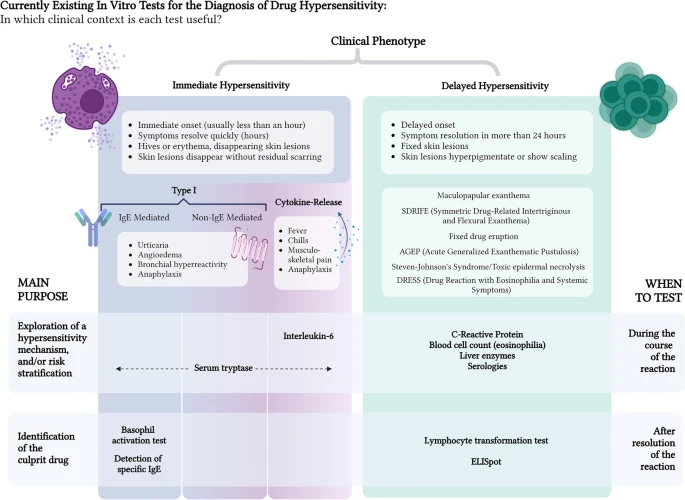Abstract
Background and objective: Urticaria is distinguished by the activation of mast cells and basophils via degranulation, predominantly induced by the cross-linkage of allergens with specific immunoglobulin E (IgE) antibodies. Several hypotheses propose that intradermal injections of IgE stimulate the production of antibodies that are specifically targeted towards the histamine/immunoglobulin complex. Subsequently, these antibodies exhibit binding affinity towards and exert inhibitory effects on the generation of histamine during the occurrence of allergic responses. The administration of many histaglobulin injections results in an increase in the concentration of these specific antibodies. Consequently, the present study was devised to assess the effectiveness of intradermal IgE injection in conjunction with an emollient for managing chronic idiopathic urticaria and allergic rhinitis at varying time intervals.







